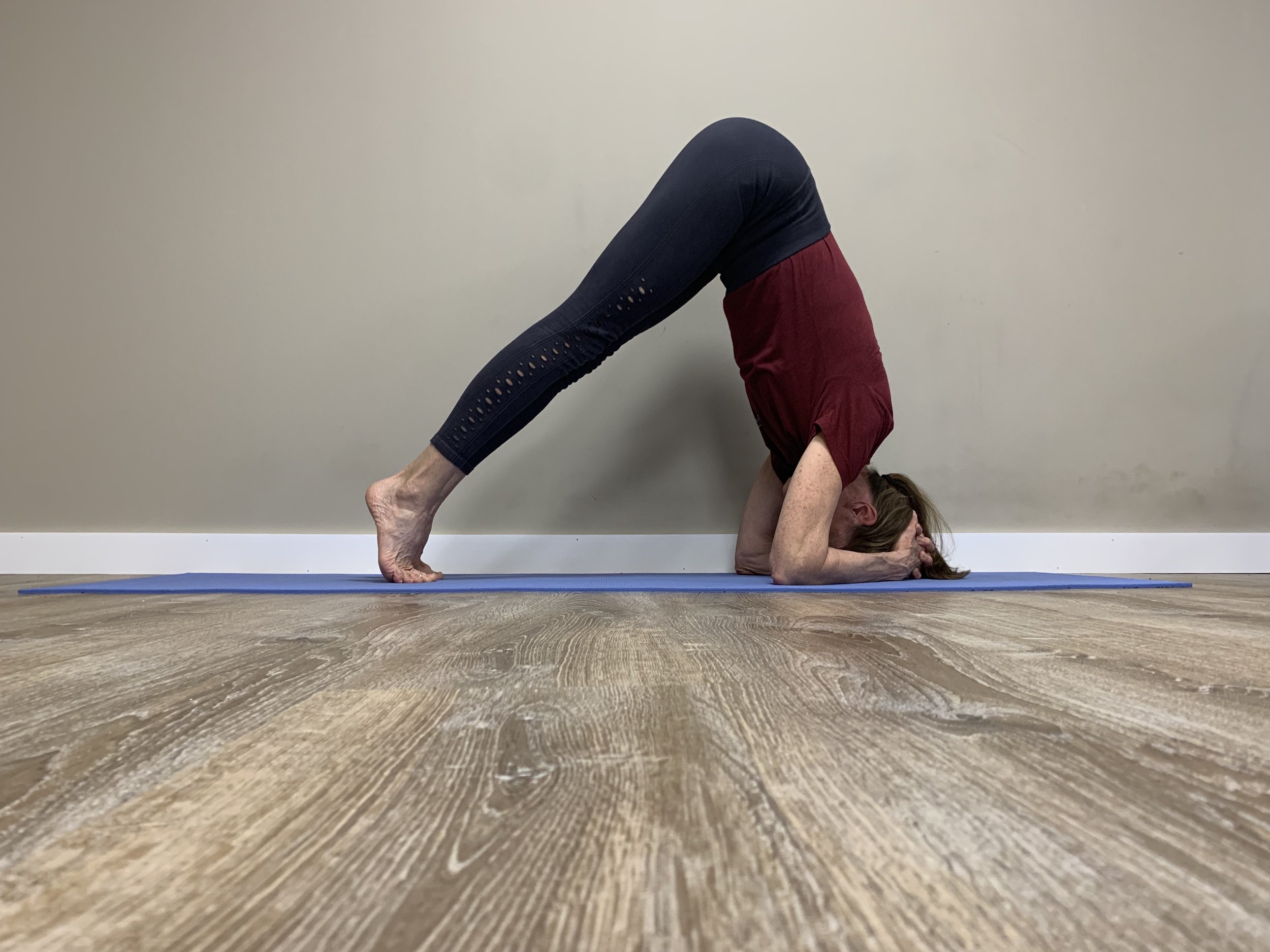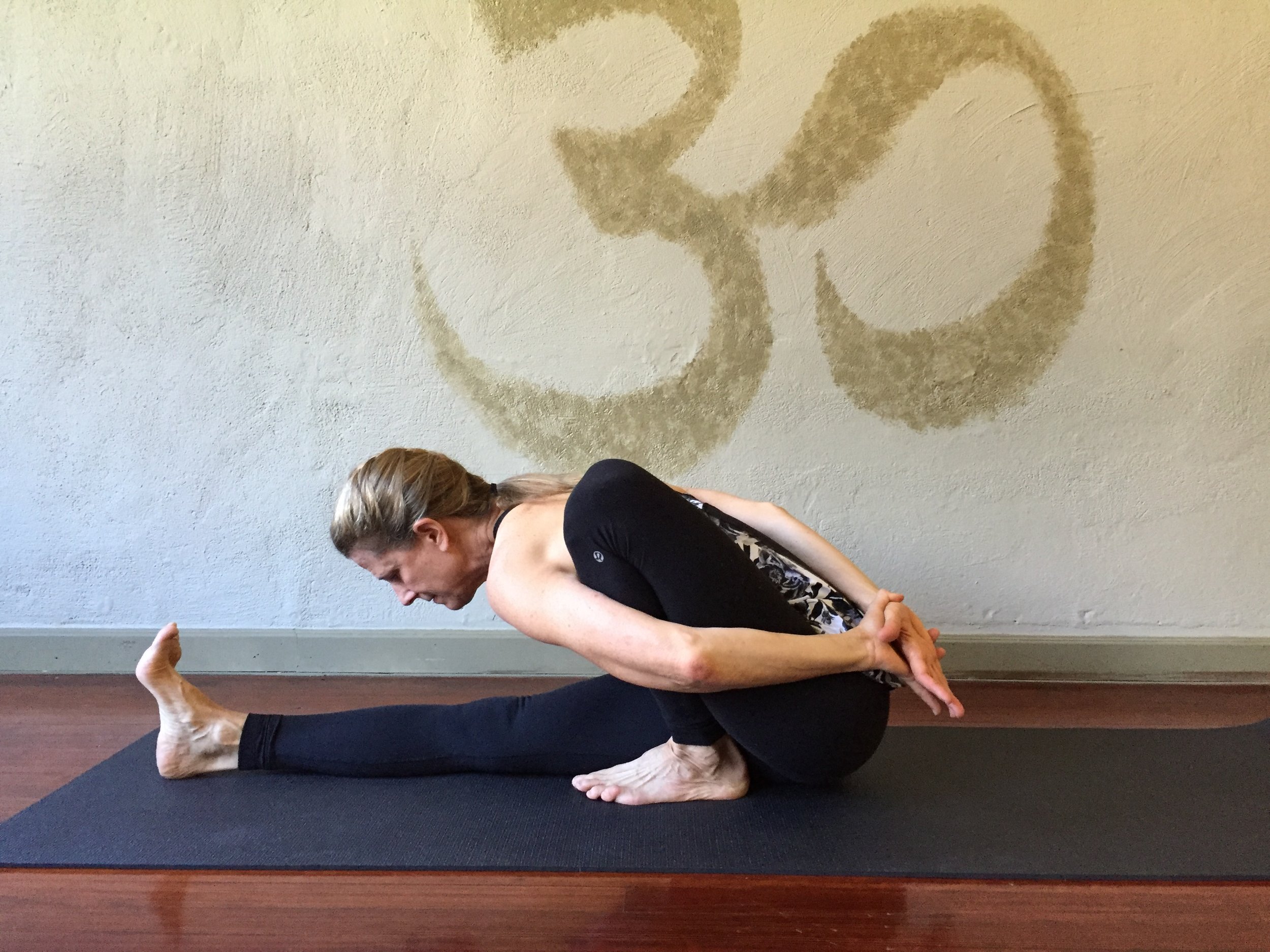Our first duty is to nourish our bodies and to balance the five elements that make up our bodies.
Arogya Yoga Chapter 4 - Yogasanas for Health
Arogya Yoga Chapter 3 - The Eight Fold path
Arogya Yoga chapter 2 – Yoga Darsana, An All-Inclusive System
Arogya Yoga Chapter 1 - Yoga an all-embracing discipline.
Yoga is an all-embracing discipline. It is one of six ancient schools of philosophy. Although the practice of yoga has changed over the ages, its core philosophy has endured.
Yoga transforms an individual at the physical, intellectual, moral and spiritual levels. It also has the power to uplift an entire civilization.
A human being garners knowledge through the five senses, assesses it with the mind and utilizes the knowledge with his or her intelligence. In the process, one acquires several virtues and vices. One’s power of discernment is often put to the test.
Through thoughts and actions, one creates either happiness or misery for oneself. Our physical and mental health, family life, financial state and ambient socio-political conditions are other factors that contribute to our experiences, and consequently to our state of mind.
The Industrial Revolution made life easier but also more materialistic. Instead of broadening minds, this only succeeded in distancing us from our roots and fomenting discontent. To achieve life in the fast lane, peace and tranquility have been sacrificed.
The quest for a better, healthier, more wholesome lifestyle ultimately leads us to yoga. Of all the branches of science and philosophy, yoga is the only one that encompasses all aspects of life. It disciplines the jnanendriyas (senses of perception) and the karmendriyas (organs of action). It turns the mind away from distractions and makes it introspective. The practice of yoga imparts health, well-being, strength of character and peace of mind, even to the lay practitioner. It gives courage and fortitude to deal with the trials of worldly life. And for the advanced sadhaka (practitioner), it shows the path to self-realization.
When Troublesome Thoughts Afflict You, Cultivate the Opposite.
It’s the New Year. This is the time of year when we make resolutions to improve our lives, when we commit to working out more consistently and to eating better after all the indulgences of the holidays.
So we commit to getting to the gym and working out, or doing more yoga.
In the book "How Yoga Works", this is called knocking on the pipes from the outside. (The pipes being the energy channels in the body.)
But we also have to knock on the pipes from the inside. How do we do that? By internal practices like Pranayama, meditation and watching our thoughts.
The first definition of yoga from the Yoga Sutras is: “yogah citta vrtti nirodha”, yoga is the cessation of the fluctuations of the mind.
In our yoga practice we want to refine our minds and not just our bodies. Through the eight limbs of Yoga we start with external practices and work progressively more inwardly. We start with the gross, physical body in order to reach in to the subtle body.
But what about our thoughts? Do you work on your thoughts? We often think our thoughts are real, and they do create our reality, but they are often just a reflection of our emotions. B.K.S. Iyengar says that emotions cloud the intelligence and deprive the individual of true knowledge.
I read somewhere that 80% of our thoughts are repetitive. What percentage of these thoughts are negative? What effect do these repetitive, negative thoughts have on us and how we see the world?
I saw this interesting reel on facebook. It was about negative thinking and how insidious and destructive it is. I thought I knew what negative thinking was, but it was interesting how this article brought to light different aspects of negativity. And if you realize what the different forms of negative thinking are, you may be surprised at how much time you spend in a negative mindset.
That reel lead me to this article which highlighted the same 5 C’s of negative thinking: complaining, criticizing, concern, commiserating and catastrophizing.
First is complaining. Complaining is more than just expressing dissatisfaction, it's getting stuck in a loop of focusing on problems without seeking solutions. It feels good to complain because it separates you from what’s happening, but it becomes a habit that hinders growth and progress. It’s like a relief valve that feels good the moment it opens up, but when it closes it just fills back up with the same problems.
Next is criticizing. At first, pointing out flaws might seem like a way to improve things, but truthfully criticism dulls the shine of achievements and stifles creativity. That’s because criticizing isn’t done with the intention to improve, but rather the intention to bring something down. Shifting from criticism to constructive feedback ignites growth and fosters a more collaborative environment.
Then we have concern. While having concerns are helpful to serve as warnings, and could be positive when coming from a place of caring, it can easily be overdone and turn into worry. We gravitate toward worry because we need a way to express the uncertainty, which evolves into overthinking about things out of our control which is draining.
Next we have commiserating. Gathering with friends to share experiences and woes can feel therapeutic initially. But when these discussions get repetitive and stuck in sharing grievances, it can make feeling bad for yourself more acceptable. Ultimately the version of this you’d like to incorporate comes from a place of sympathy for others and acceptance for yourself, so that you can reroute your behavior to something more constructive.
And the last C is for catastrophizing. This is when things are blown out of proportion and you picture the worst-case scenario. It makes you feel powerless because you’ve made the obstacle out to be so much bigger than it is, and it paralyzes you from feeling like you can take any meaningful action against it.
(These 5 C’s of Negative thinking came from a blog called Self Improvement Daily)
When thinking about negative thoughts, I wondered where comparing fits in. Thinking that you are better or have it better than someone else feels like criticizing. Thinking that you are lesser than or have less than feels like wallowing in self-pity. Should comparison be a 6th C? What do you think?
If you want to delete negative thoughts when they come up, try to label them with one of these 5 terms and transition your way away from them. The most important conversation you’ll ever have is the one constantly happening in your head!
When we do yoga asanas, we are working on the physical body. As we work on improving the things we can change in our lives, remember that we have to work on the outside and the inside.
In the Yoga Sutras, Patanjali tells us to work on our negative thoughts:
Y.S. 2.33 – 2.34 Vitarka badhane pratipaksha bhavanam.
Vitarka – troublesome thoughts
badhane - afflict
pratipaksha – opposite thoughts
bhavanam - cultivate
When troublesome thoughts afflict you, cultivate the opposite.







